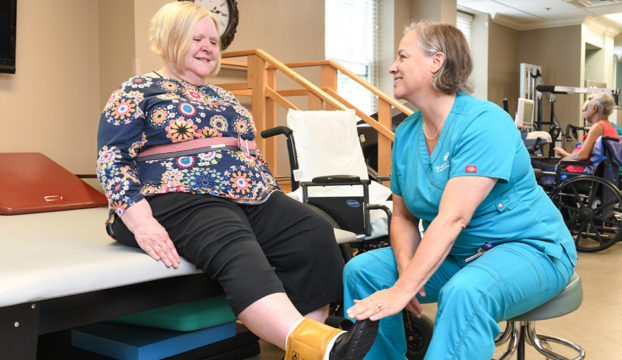Effective Approaches to Minimize the Risk of Sudden Traumas in Sports Through Focused Preventive Strategies
Effective Approaches to Minimize the Risk of Sudden Traumas in Sports Through Focused Preventive Strategies
Blog Article

Acute traumas in sports can happen suddenly and often lead to serious issues for athletes. These traumas can range from sprains and strains to fractures and concussions. To help prevent these traumas, it is crucial to adopt targeted preventive strategies. These strategies focus on awareness, appropriate training, equipment use, and overall well-being maintenance. By tackling these key areas, players can considerably lower their chances of suffering from acute injuries while participating in their favorite sports.
One effective approach to reducing the risk of traumas is through instruction. Athletes, coaches, and parents should be informed about the common types of traumas associated with specific sports. Understanding the dynamics of these injuries allows everyone to recognize the signs and signals early. Informative workshops or seminars can help teach players about correct techniques and the significance of preparing up before games or practices. This understanding empowers athletes to take responsibility for their well-being and motivates them to communicate any worries about potential injuries.
Another important protective strategy is adequate training. Athletes should participate in a well-rounded training program that centers on developing strength, flexibility, and endurance. Strength training helps build the muscles that support joints, lowering the likelihood of injuries. Flexibility exercises, such as elongating, can enhance the scope of motion and decrease the risk of muscle tears. Additionally, players should integrate sport-specific drills that mimic game situations, which can assist them become more familiar with the actions involved in their selected sport. Coaches play a crucial role in designing and executing these conditioning programs to ensure they are safe and efficient.
The use of appropriate equipment is also essential in reducing acute injuries in sports. Players should always wear the appropriate equipment for their specific sport, including helmets, pads, and proper footwear. For instance, football players need helmets to protect against head traumas, while soccer players require shin guards to protect their legs from collision. It is essential that equipment is fitted properly and is cared for regularly to ensure it provides the necessary safeguarding. Coaches and guardians should motivate athletes to take the time to choose and wear the right gear to reduce their chances of injury.
In addition to education, training, and equipment, maintaining overall health is essential for injury prevention. Players should prioritize adequate nutrition, hydration, and rest to keep their bodies in top shape. A nutritious diet rich in vitamins and minerals aids facilitate muscle recovery and overall physical performance. Maintaining hydrated is also crucial, as dehydration can lead to fatigue and heighten the risk of traumas. Lastly, getting enough rest is vital for recovery and upholding focus during practices and games. By encouraging good health habits, athletes can improve their performance and lower their chances of experiencing acute injuries.
In conclusion, reducing the likelihood of acute injuries in sports requires a multifaceted approach that includes education, proper preparation, suitable gear, and overall well-being maintenance. By concentrating on these specific preventive strategies, athletes can better protect themselves from the risks of traumas. Trainers, parents, and athletes all have vital roles to fulfill in fostering a secure sports browse around this website environment. By working together and prioritizing safety, the enjoyment of sports can continue without the interruption of painful traumas.